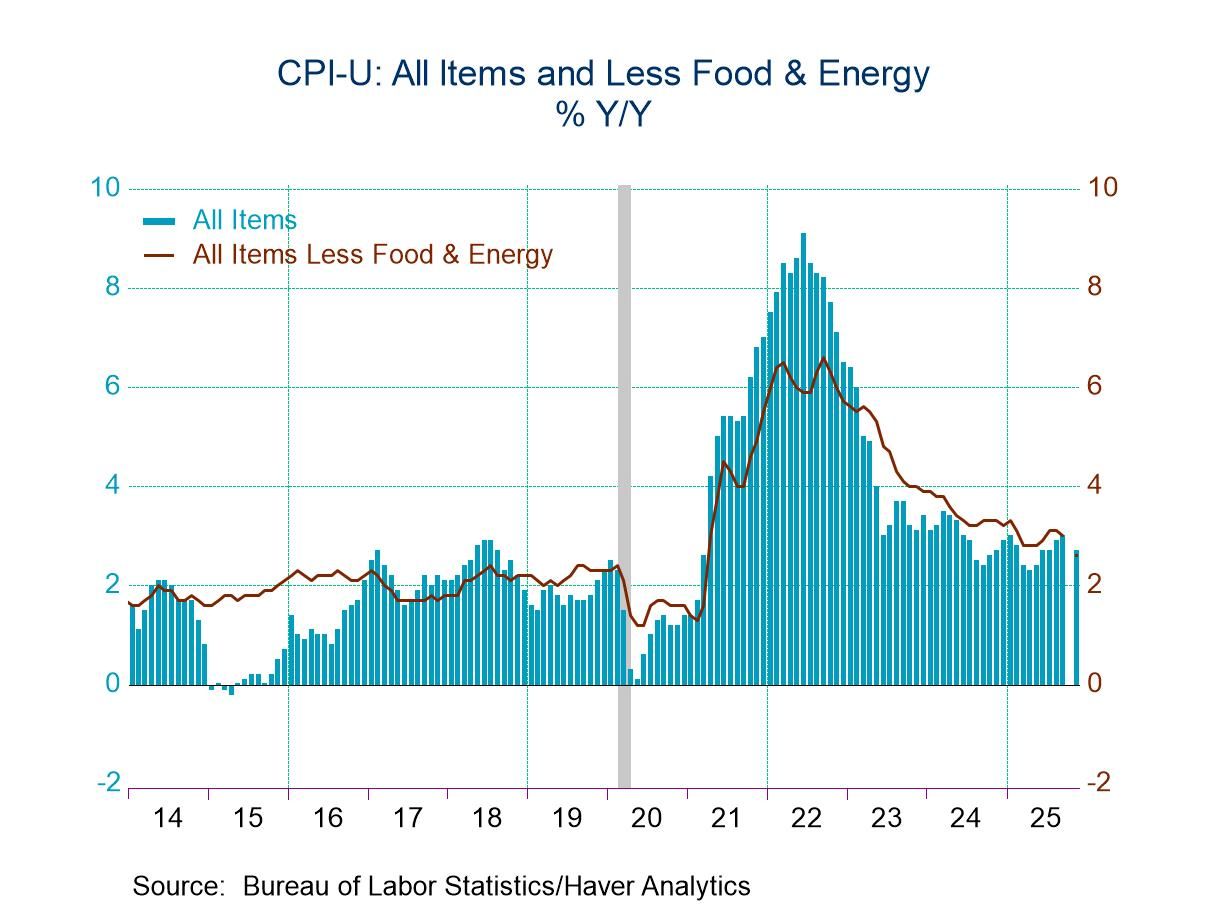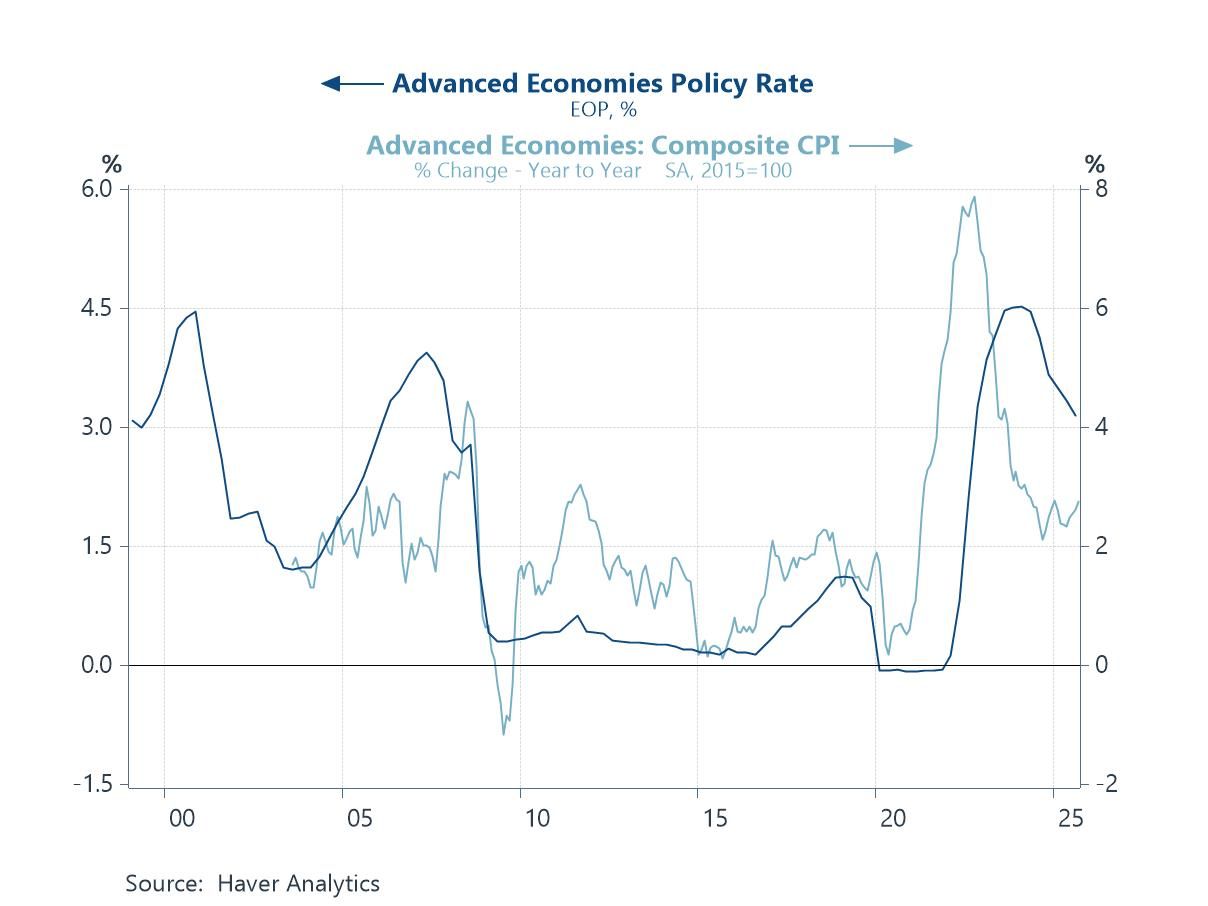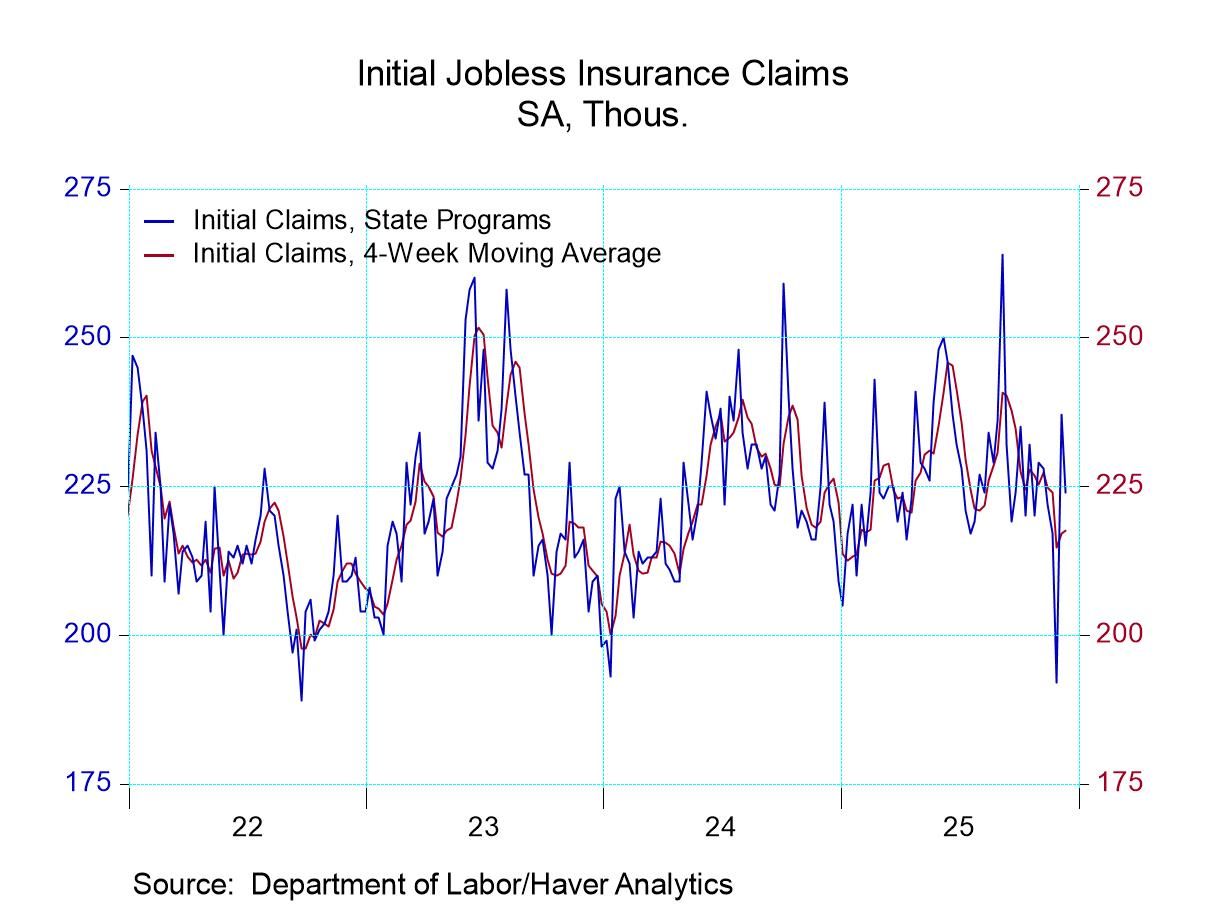 Asia| May 13 2024
Asia| May 13 2024Economic Letter From Asia: Beyond the Fed
In this week's letter, we examine monetary developments in Asia. In particular, we take stock of the latest decisions by central banks in the region and delve into the possible motivations behind them. We find that while the Fed's policy trajectory remains a key policy focus, their recent actions have also been driven by domestic factors. Furthermore, we also find their policy priorities to be wide-ranging, with some aiming for currency stability, while inflation remains the focal point for others.
In Japan, recent bouts of yen appreciation have fueled speculation about potential currency intervention by the authorities. Also, the Bank of Japan’s latest summary of opinions indicates an unexpected shift from some members towards a more hawkish stance. In South Korea, persistently high inflation and potential improvements to Q2 GDP growth serve as reasons for the central bank to keep rates higher for longer. In Indonesia, the central bank’s recent surprise rate hike has drawn attention to its focus on currency stability and its broad range of policy tools. In Thailand, the central bank remains committed to maintaining its policy rates, despite ongoing governmental pressure for looser policy. Finally, in Malaysia, we acknowledge the central bank's consistent approach to policy rates and explore recent developments concerning the ringgit.
Japan The yen experienced sudden bouts of appreciation in early May, with the USD/JPY exchange rate having fallen by about 3% through May 2-3 (Chart 1). The moves spurred speculation that Japanese authorities had stepped in to support the yen following its prolonged spell of weakening this year. To infer possible episodes of currency market intervention, some market participants have turned to analyzing the Bank of Japan’s (BoJ) daily current account data for clues. Specifically, market participants looked at the BoJ’s daily net receipt of funds and contrasted them with broker-estimated figures to estimate possible currency intervention activity. Regardless, and despite its sporadic moves, the yen seems to have resumed its previous trend toward weakening. This has been fueled in part by the still-wide yield differentials between Japan and other major economies.
Chart 1: USD/JPY exchange rate and Bank of Japan net receipt of funds

Homing in on the prospective path of BoJ policy, we saw some hawkish indications from the central bank’s April Summary of Opinions released last week. For one, members flagged the possibility of a higher future policy interest rate than currently factored in by the market. There was also some discussion on having moderate interest rate hikes as an option to contain shocks from rapid policy changes. Additionally, members noted that the BoJ’s pace for monetary normalization may increase, should inflation come in higher than expected. Relatedly, the report also highlighted a possible resurgence in price pressures owing to increased crude oil prices, wage hikes, and yen depreciation. We have not yet seen, however, a conclusive inflation re-acceleration just yet in Japan, as shown in Chart 2. Furthermore, and if Tokyo inflation prints are of any indication of nationwide readings, it may be that price pressures in Japan cool in April instead.
Chart 2: Japan CPI inflation

South Korea While Japan veers towards more tightening, albeit gradually, the prospective path of monetary policy in South Korea is quite different. Markets are re-evaluating the expected timing of Bank of Korea (BoK) rate cuts after Governor Rhee’s recent remarks that the “situation has changed since April”. Apart from Fed-related considerations, the BoK faces two-pronged justifications to hold off monetary easing for now. Firstly, South Korea’s CPI inflation, whilst moderating, remains some way above the BoK’s 2% target, having come in at 2.9% in April. Secondly, South Korea’s economic growth is arguably healthy, with GDP growth having exceeded consensus estimates to firm to 3.4% y/y in Q1. More recent indications, including South Korea’s double-digit y/y export growth in April, suggest possible lifts to growth in the current quarter as well.
Chart 3: South Korea CPI inflation and export growth

Indonesia Moving to Indonesia, Southeast Asia’s largest and most populous economy, its central bank’s surprise 25 bps rate hike in late April stands out as a notable recent development. Unlike many of its Asian peers, that prioritise inflation targeting, Indonesia’s central bank (BI) is legally mandated to protect the stability of its domestic currency. It was for such purposes, among others, that BI decided to raise rates in April. Apart from interest rate-related measures, BI also adopts a “triple intervention” approach in the currency (FX) markets to stabilize the rupiah during bouts of volatility. Specifically, BI achieves this by trading in the spot FX market, the domestic non-deliverable forward (DNDF) market, and the secondary local currency-denominated government bond market. Looking at recent moves, we have seen some interim recovery and stabilization of the rupiah, especially against the dollar (Chart 4). With that said, some of the rupiah’s recovery against the dollar may have been driven by US-side moves, following recent communications from the Fed. Looking ahead, BI Governor Warjiyo has indicated that further BI rate hikes are not needed.
Chart 4: USD/IDR exchange rate and Bank Indonesia policy rate

Thailand Thailand’s central bank (BoT) kept its policy rate unchanged at 2.5% for the third straight meeting in April. The choice to hold policy rates was not unanimous, with two of seven committee members having voted for a 25 bps cut instead. Voices calling for rate cuts extend beyond the Monetary Policy Committee, with Thailand’s Prime Minister urging for easier monetary policy for several months now. Also, Thailand’s new Finance Minister has added to the pressures, having recently called for monetary and fiscal policies to move in “the same direction”. The BoT has so far resisted the government’s pressures, citing monetary policy’s limited effectiveness at solving structural problems in the Thai economy. Furthermore, while Thailand’s inflation remains low, it has been picking up, finally turning positive in April following six prior months of price declines (Chart 5). Also, the re-emergence of outbound travel from China, traditionally one of Thailand’s major tourism revenue sources, points to a possible pickup in external-driven demand ahead.
Chart 5: Thailand CPI inflation and Bank of Thailand policy rate

Malaysia We shift last to monetary policy developments in Malaysia. The central bank (BNM) expectedly left its policy rate unchanged at 3% last Thursday, citing that its stance “remains supportive” of the Malaysian economy. Looking ahead, many analysts continue to expect BNM to keep its policy rate unchanged over the medium-term, partly due to a stable inflation outlook. Relatedly, the government’s recent service tax (ST) hikes appear to have had limited effects on prices thus far. This is understandable since ST hikes predominantly apply to non-essential services. There remains some concern, however, regarding the stability of the ringgit, which has weakened to just shy of 4.8 per dollar this year. BNM has assessed that the currency currently “does not reflect” the economic fundamentals and growth prospects of Malaysia. Instead, the ringgit’s heightened volatility is attributed to external drivers, such as the monetary policy paths of major economies.
Chart 6: USD/MYR exchange rate and Bank Negara Malaysia policy rate

Tian Yong Woon
AuthorMore in Author Profile »Tian Yong joined Haver Analytics as an Economist in 2023. Previously, Tian Yong worked as an Economist with Deutsche Bank, covering Emerging Asian economies while also writing on thematic issues within the broader Asia region. Prior to his work with Deutsche Bank, he worked as an Economic Analyst with the International Monetary Fund, where he contributed to Article IV consultations with Singapore and Malaysia, and to the regular surveillance of financial stability issues in the Asia Pacific region.
Tian Yong holds a Master of Science in Quantitative Finance from the Singapore Management University, and a Bachelor of Science in Banking and Finance from the University of London.






